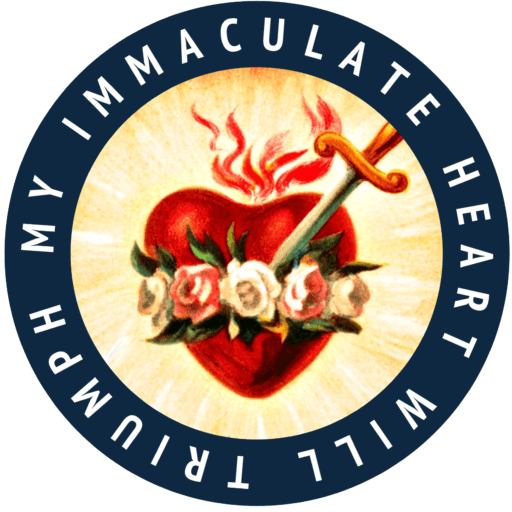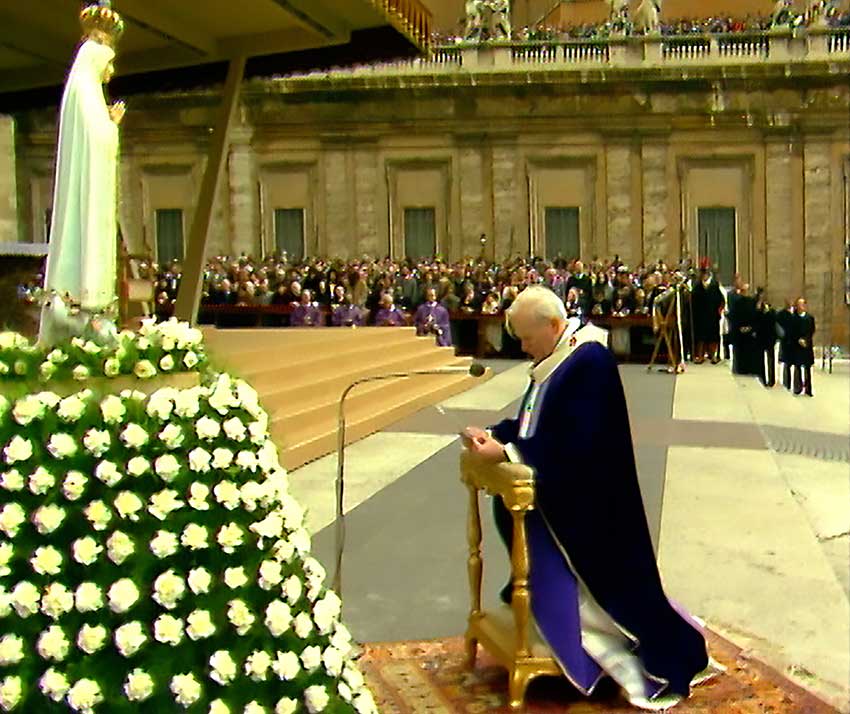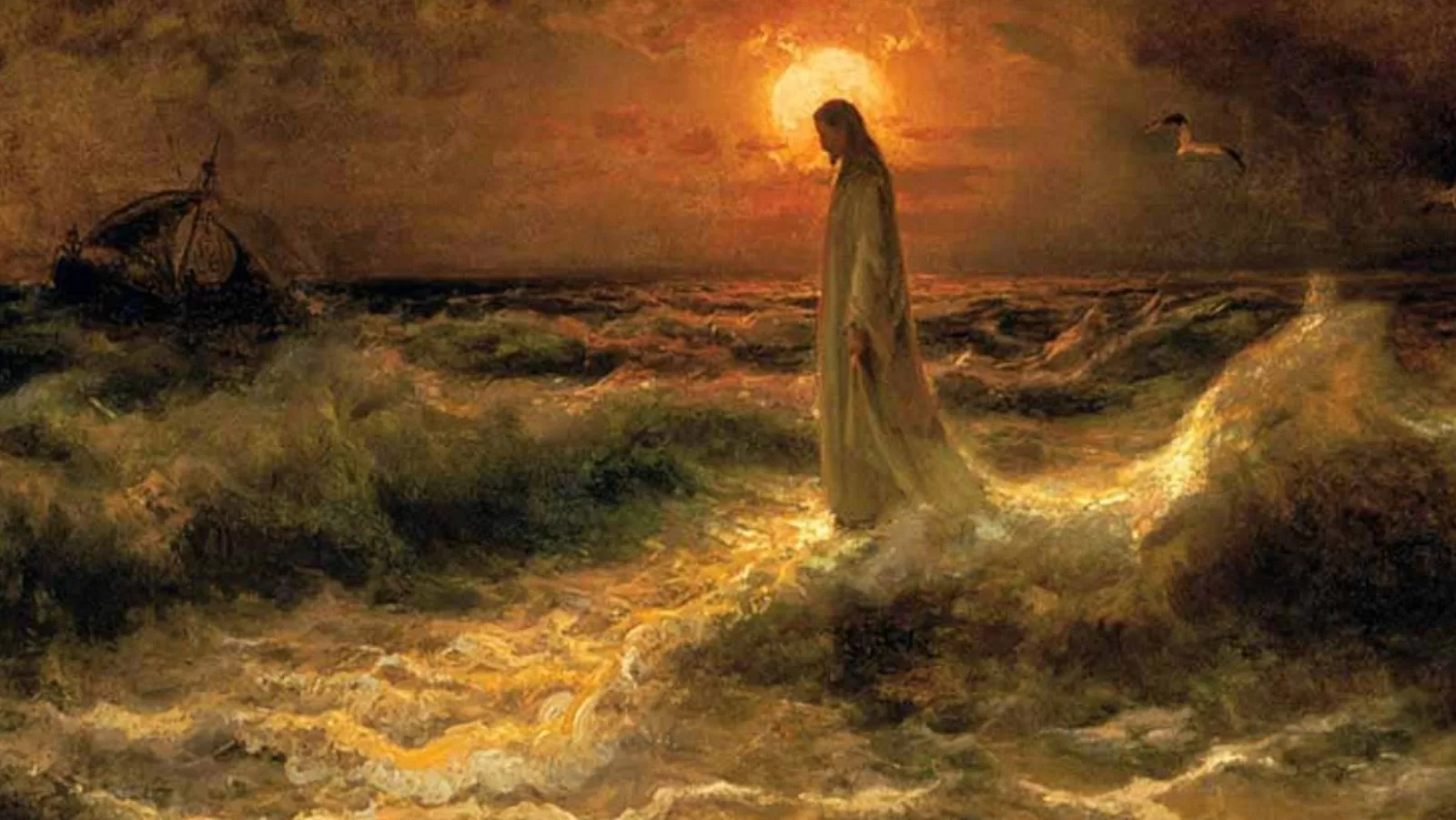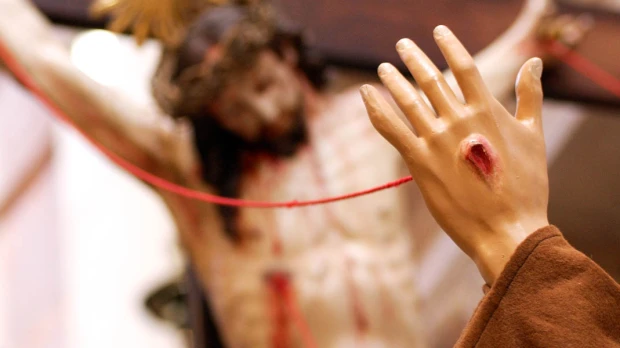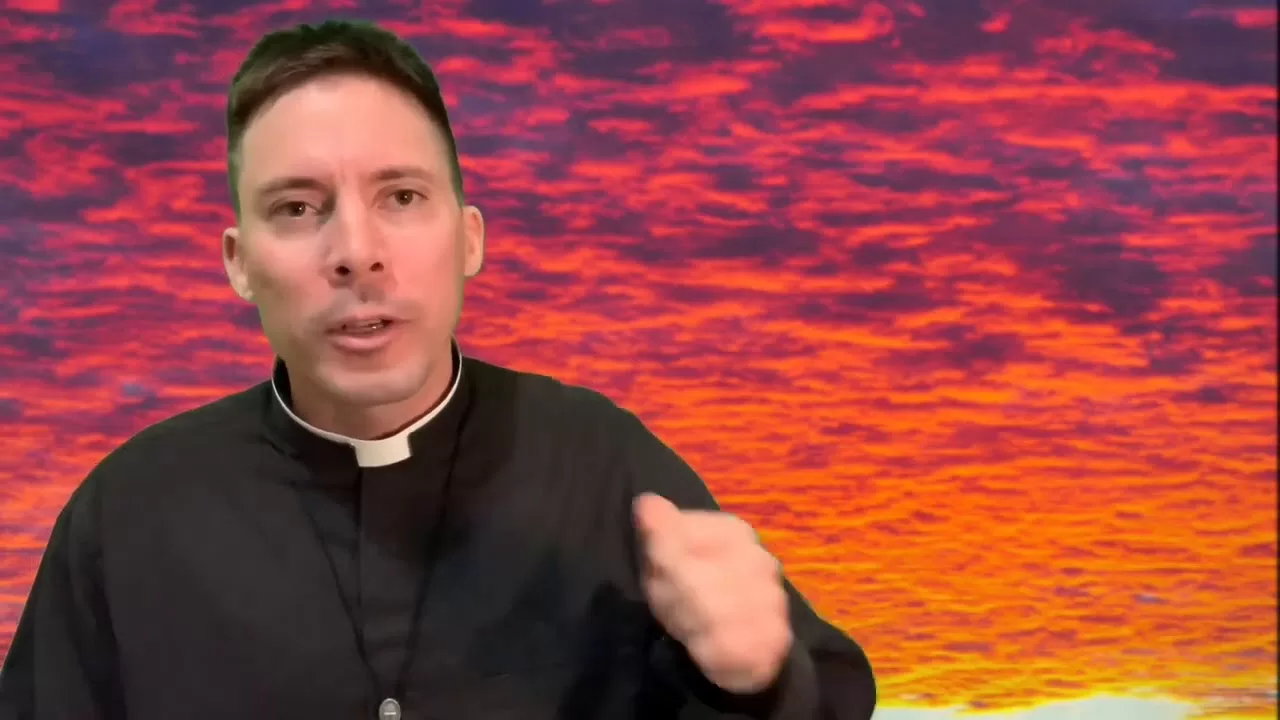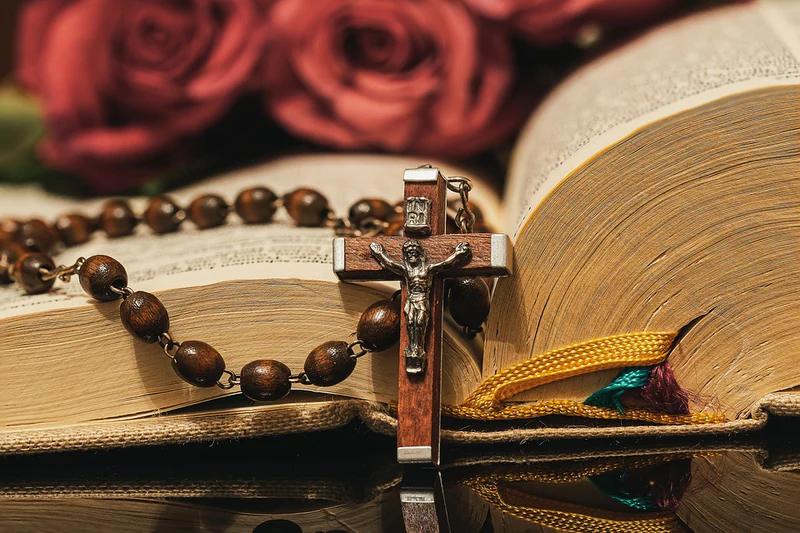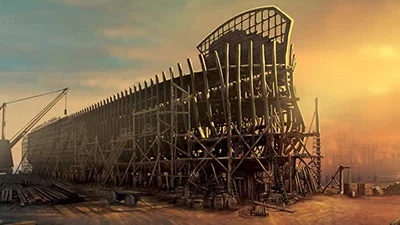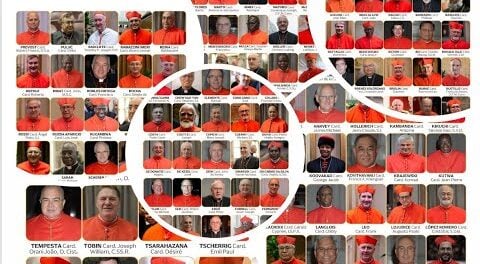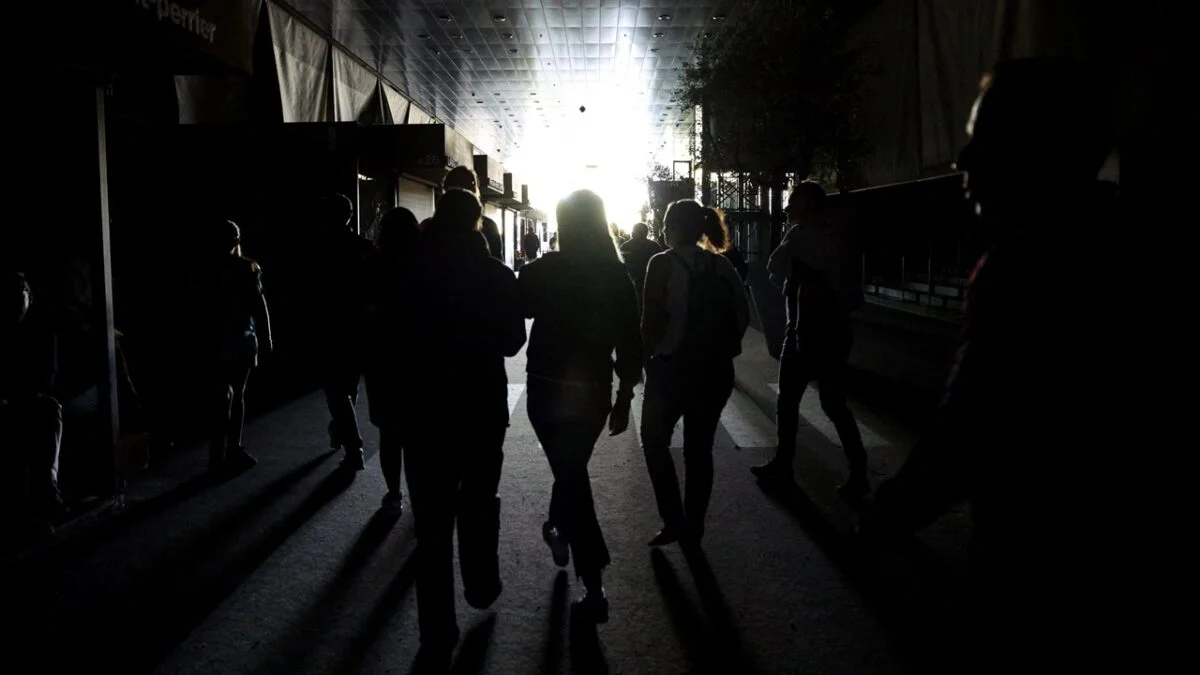
Category: Miracles
-
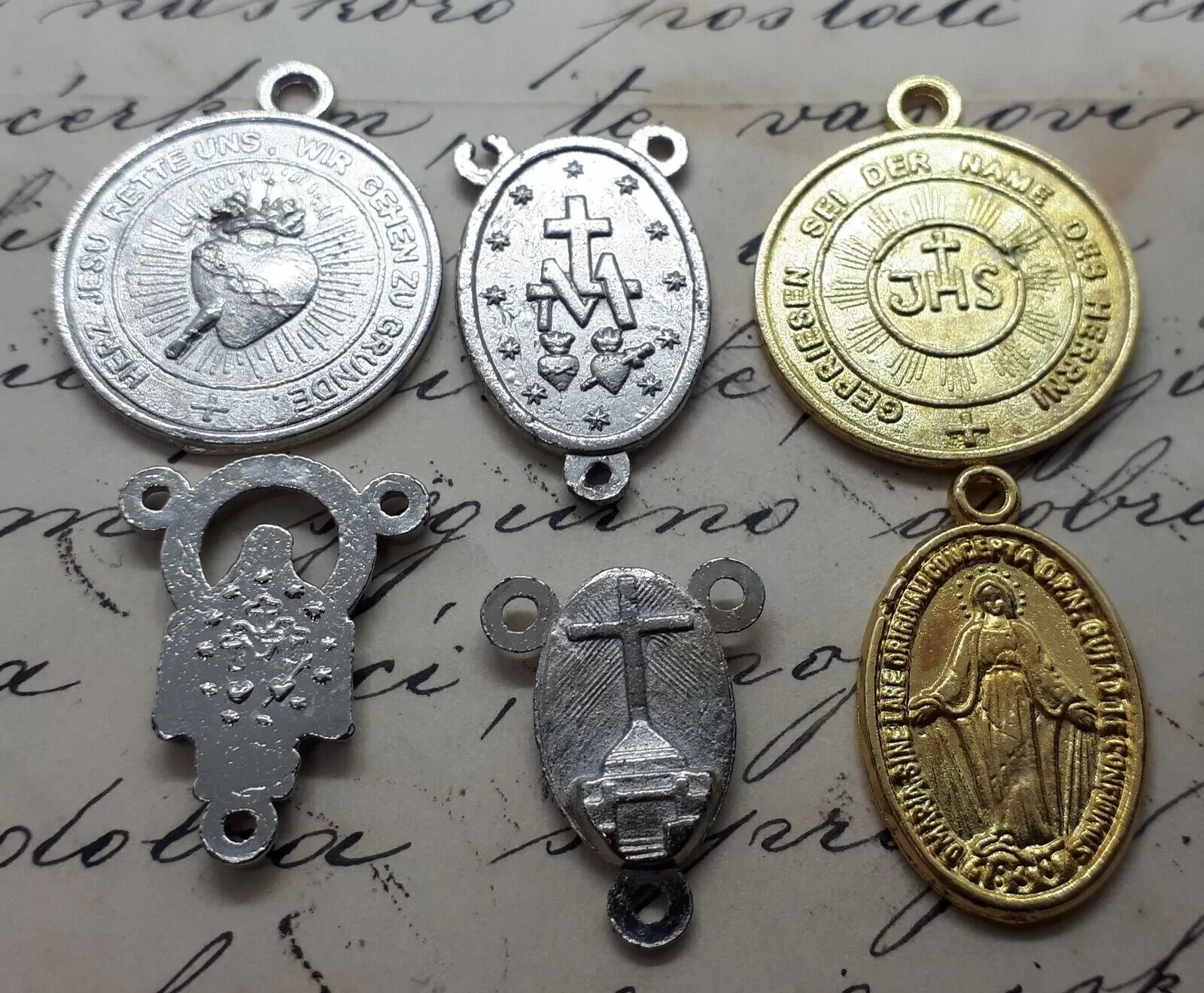
-
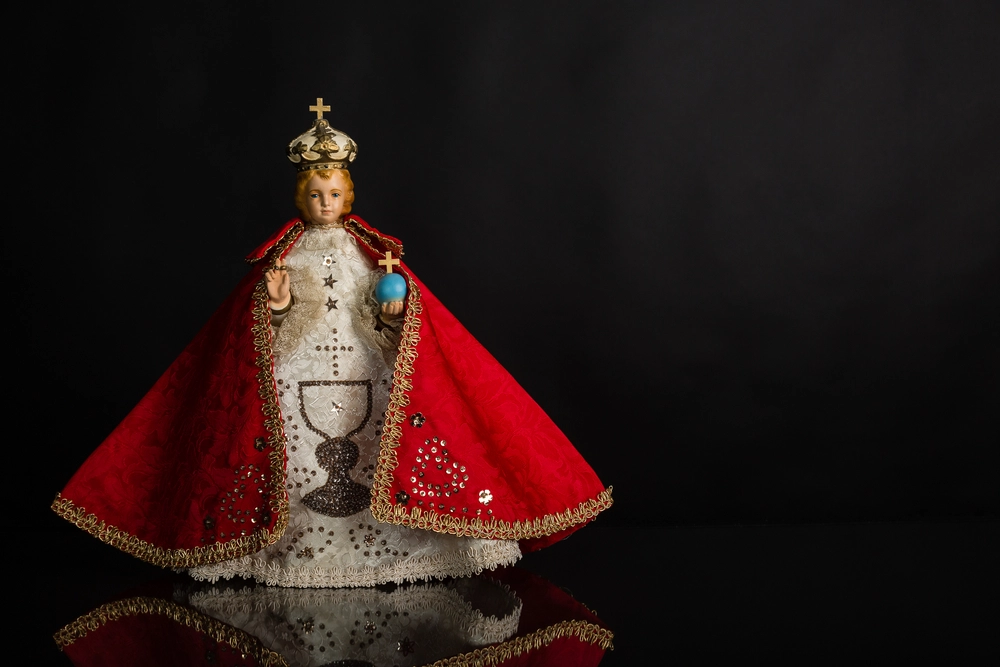
Miraculous Infant of Prague Prayer
Read More: Miraculous Infant of Prague PrayerComposed by Rev. Cyrillus a Matre DeiThe first and most devoted venerator of the Holy Infant of Prague Jesus unto Thee I flee,Through Thy Mother praying Thee,In my need to succor me.Truly, I believe of TheeGod Thou art with strength to shield me;Full of trust, I hope of TheeThou Thy grace wilt give to me.All…
-

Mother Mary Miracle – Water Drops From Her Hand
Read More: Mother Mary Miracle – Water Drops From Her HandThis miracle was taken place in Uttan Bhatebandar Mata Velankanni Church, Distance between Velankanni Church Uttan and Bhayander West is 9.1 kms Its is said that the sisters were praying, that time miracle took place. https://www.youtube.com/watch?v=hMG4PFpn43I
Search
Popular Posts
-
🙏 A New Chapter Begins: Supporting Pope Leo XIV with Prayer and Hope | W/ Daniel O’Connor
“Give the new pope a break and support him with your prayers.”–…
-
Possible Candidates for The Next Pope!
Some Candidates for the New Papacy Today we will share with you…
Categories
Archives
Tags
#Miracles (102) 2023 (4) 2024 (4) approved miracles (2) catholic (141) catholic blog (375) catholic meditations (7) catholic miracles (371) catholic motivation (2) catholic news (371) catholic prayers (4) CatholicSeers (359) catholic vlog (375) catholic websites (6) Eucharistic miracle (2) fr jim blount (3) GisellaCardia (11) hamas (3) imitation of christ (2) Israel (4) israel live (5) Israel news (9) jesus (3) jesus christ (4) Latest messages (11) lent 2023 (10) lent 2024 (4) lent homily (2) lent retreat (4) lent retreat 2023 (3) Lourdes (2) messages from god (6) MessagesFromHeaven (364) miracles of catholic church (2) mother and refuge (2) ourlady (325) OurLadyApparitions (22) our lady of lourdes (2) Pope (2) POPE francis (3) pope francis news (2) prayers (3) real miracles (356) sacred heart of jesus (2) The Miracles of Lourdes (2)
